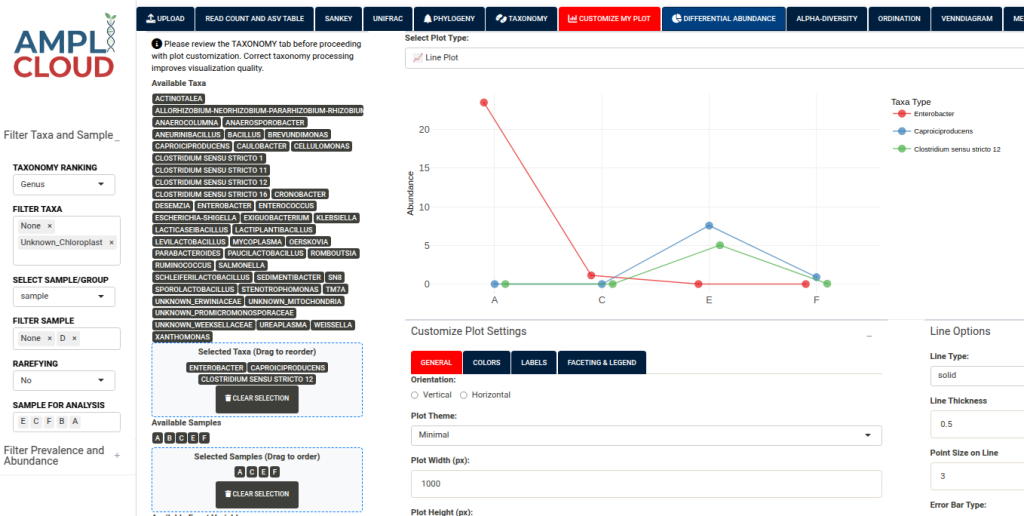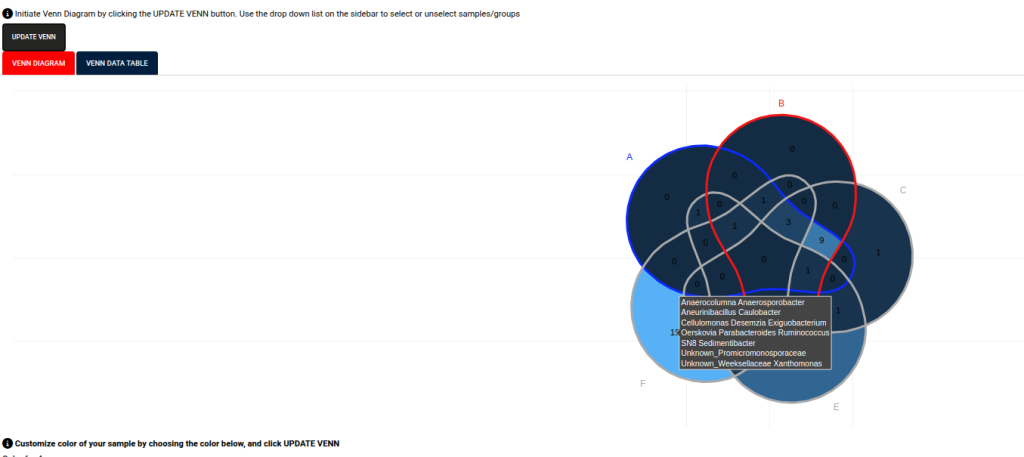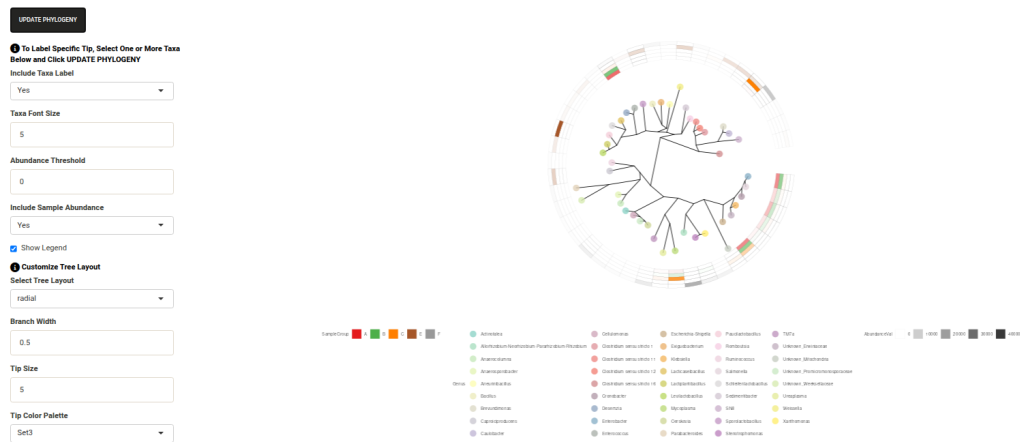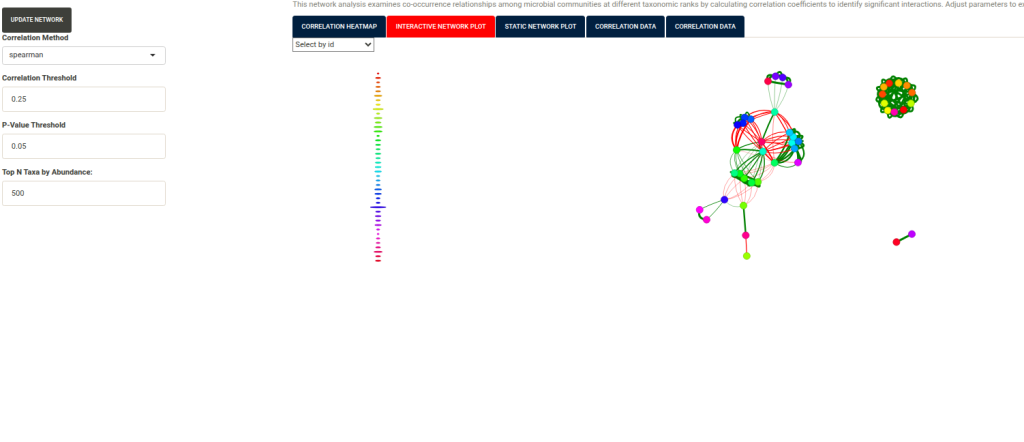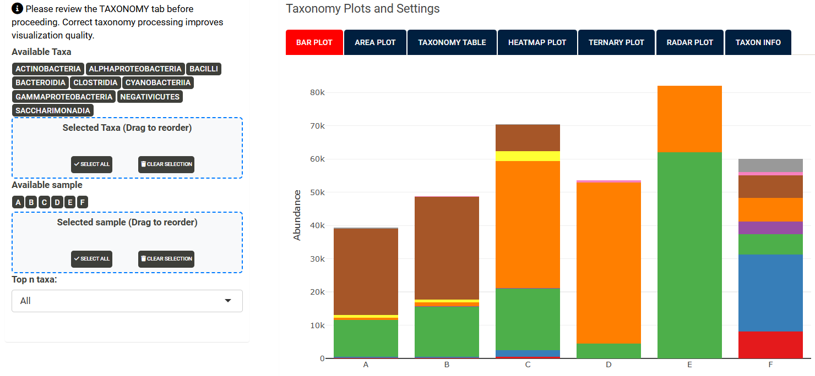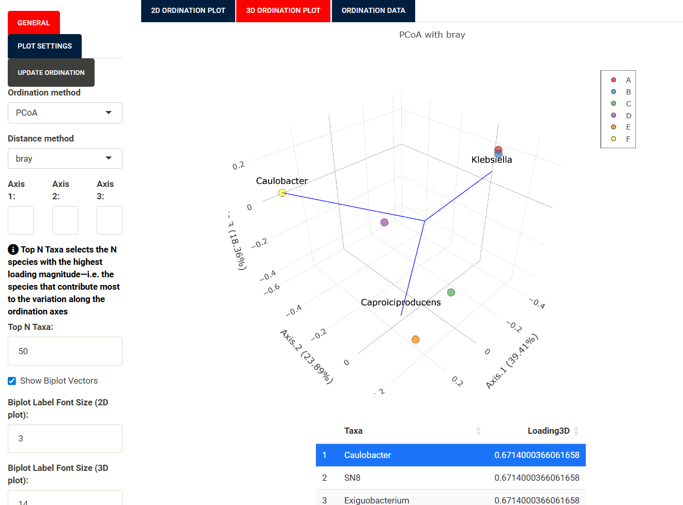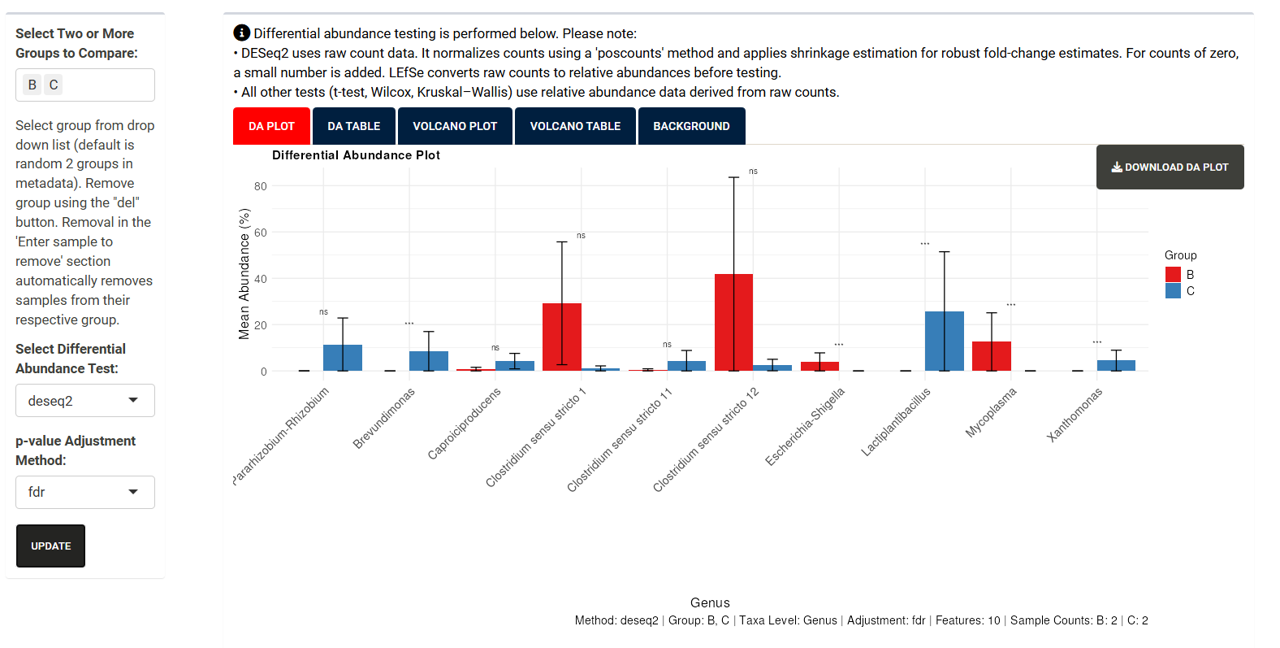The 16S ribosomal RNA (rRNA) gene is a component of the small subunit of the prokaryotic ribosome and is universally present across bacteria, making it an essential molecular marker in microbiology. Its structural stability and the presence of both highly conserved and variable regions allow researchers to identify and classify bacteria accurately. The 16S rRNA gene’s relevance to microbiome studies lies in its ability to provide detailed insights into microbial diversity, population dynamics, and community structure across diverse environments, ranging from human health to agriculture and environmental ecosystems.
The 16S rRNA gene comprises nine distinct hypervariable regions (V1-V9), interspersed among conserved segments, providing phylogenetic resolution at various taxonomic levels. This structural characteristic makes 16S rRNA an ideal target for microbial community profiling and taxonomic identification through high-throughput sequencing methods, particularly next-generation sequencing (NGS).
Different hypervariable regions possess varying taxonomic resolution capabilities, influencing their suitability for specific microbiome studies. For instance, regions V1-V3 offer robust discrimination at the genus and species level within specific microbial communities, often utilized in gut microbiome research. The V3-V4 regions are highly favored due to their balanced length, offering excellent species-level resolution across diverse microbial taxa, making them ideal for comprehensive community analyses in environmental and clinical samples.
Conversely, V4 alone, although shorter, is frequently chosen for large-scale microbiome studies due to its consistent and reproducible performance across diverse microbial taxa, coupled with efficient sequencing workflows, notably demonstrated in extensive human microbiome projects. The V5-V6 regions provide valuable phylogenetic information, often utilized when studying environmental samples or complex communities requiring deeper taxonomic resolution, especially within the Firmicutes and Actinobacteria phyla.
Next-generation sequencing (NGS) technologies amplify these hypervariable regions through PCR-based amplicon sequencing, utilizing universal primers designed specifically to target these regions. The resultant amplicons are then sequenced on high-throughput platforms such as Illumina MiSeq or NovaSeq, allowing simultaneous analysis of thousands of samples with unprecedented accuracy and speed. Bioinformatics pipelines subsequently process the sequencing data, aligning the sequences against curated databases (e.g., SILVA, Greengenes, or RDP), assigning taxonomy with high confidence based on sequence similarity.
Historically, microbial communities were characterized using operational taxonomic units (OTUs), defined typically by clustering sequences at a 97% similarity threshold. OTU-based analyses provided a practical framework for community comparisons but were limited by clustering-induced inaccuracies and a lack of precision at finer taxonomic levels. In contrast, modern NGS approaches have shifted towards Amplicon Sequence Variants (ASVs), exact sequences obtained through advanced bioinformatics tools such as DADA2, Deblur, or UNOISE. ASVs offer higher resolution, reproducibility, and comparability across studies, enabling precise differentiation of closely related taxa and significantly improving the accuracy of microbial community profiling.
This targeted approach allows researchers to effectively characterize microbial diversity and abundance at various taxonomic ranks—from phylum to species—facilitating a detailed understanding of microbial community composition, dynamics, and functions. As a result, NGS-driven 16S rRNA amplicon sequencing using ASVs has become instrumental in advancing microbiome research across multiple domains, from clinical diagnostics and therapeutics to environmental monitoring and biotechnology.
Amplicon sequencing isn’t just advanced biotechnology; it’s transforming industries and creating tangible value for businesses across the globe. By precisely profiling microbial communities, this next-generation sequencing (NGS) method helps organizations make informed, impactful decisions, driving innovation and profitability.
Take agriculture, for instance—farmers and agritech companies use amplicon sequencing to analyze soil microbiomes, significantly boosting crop yields and sustainability. A case in point: precision microbiome insights have enabled growers to adopt tailored biofertilizers, dramatically reducing chemical fertilizer use and operational costs while enhancing crop health and environmental stewardship.
The food sector also sees remarkable gains. Imagine detecting harmful pathogens before a product reaches the shelves, saving companies from costly recalls and brand damage. Major dairy and fermentation brands now consistently ensure product quality and flavor profiles using microbial insights, directly enhancing consumer satisfaction and brand loyalty.
In healthcare and pharmaceuticals, rapid microbial profiling translates directly into patient outcomes. Hospitals and clinics now swiftly identify pathogens, enabling faster, more accurate treatments. Leading pharmaceutical companies leverage microbiome data to craft personalized probiotic therapies, opening new revenue streams and significantly improving patient care.
Environmental businesses use amplicon sequencing for proactive ecosystem management. From assessing water quality to guiding successful ecological restoration projects, timely microbial data equips environmental consultants and agencies to respond quickly, safeguarding biodiversity and ecosystem health.
Aquaculture operations have also greatly benefited. By managing microbial health in shrimp and fish farms, producers detect and mitigate diseases early, significantly enhancing productivity and reducing dependence on antibiotics. These benefits translate into healthier harvests and higher profits.
Across industries, amplicon sequencing is delivering measurable results, turning complex microbial data into actionable business insights. Embracing this technology means not just keeping up with innovation but actively leveraging it for competitive advantage and sustainable growth.
